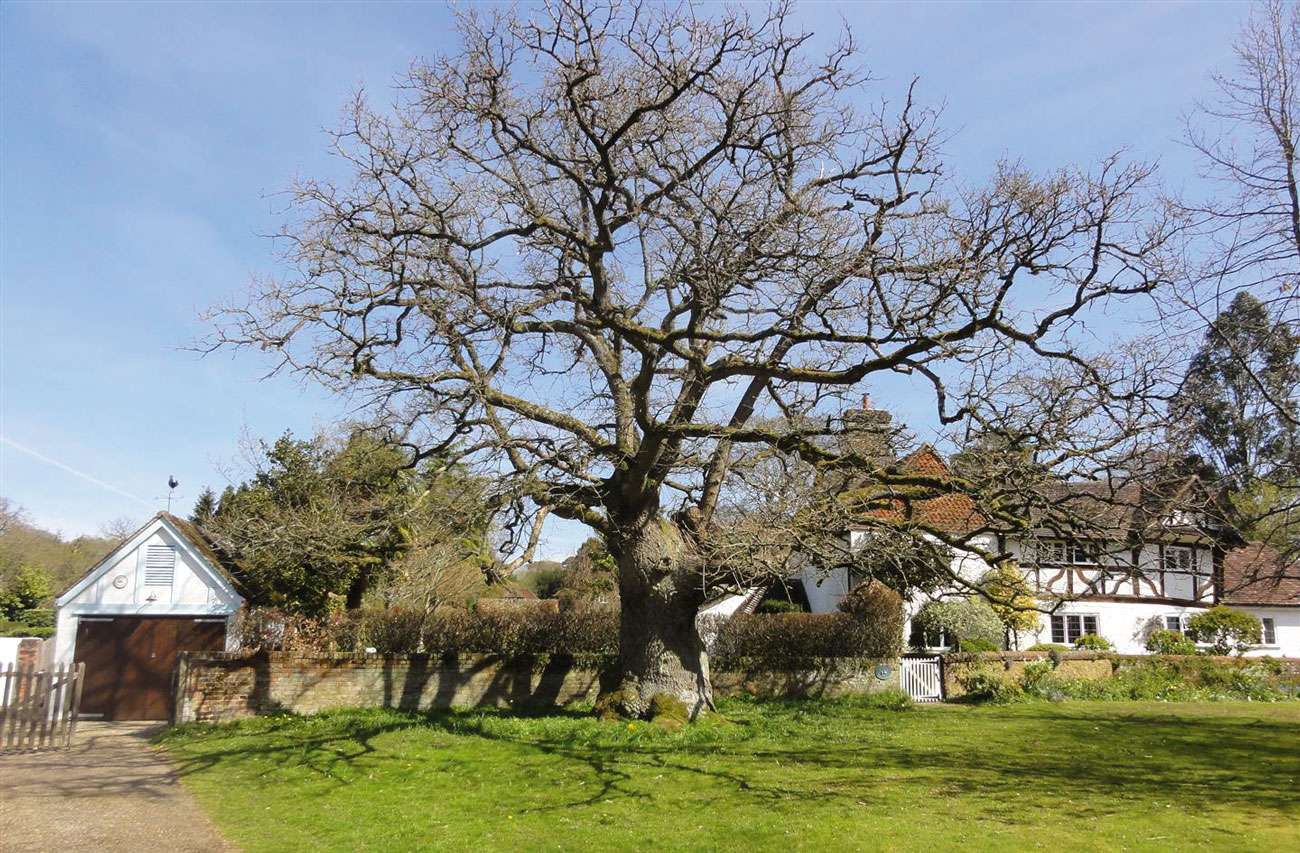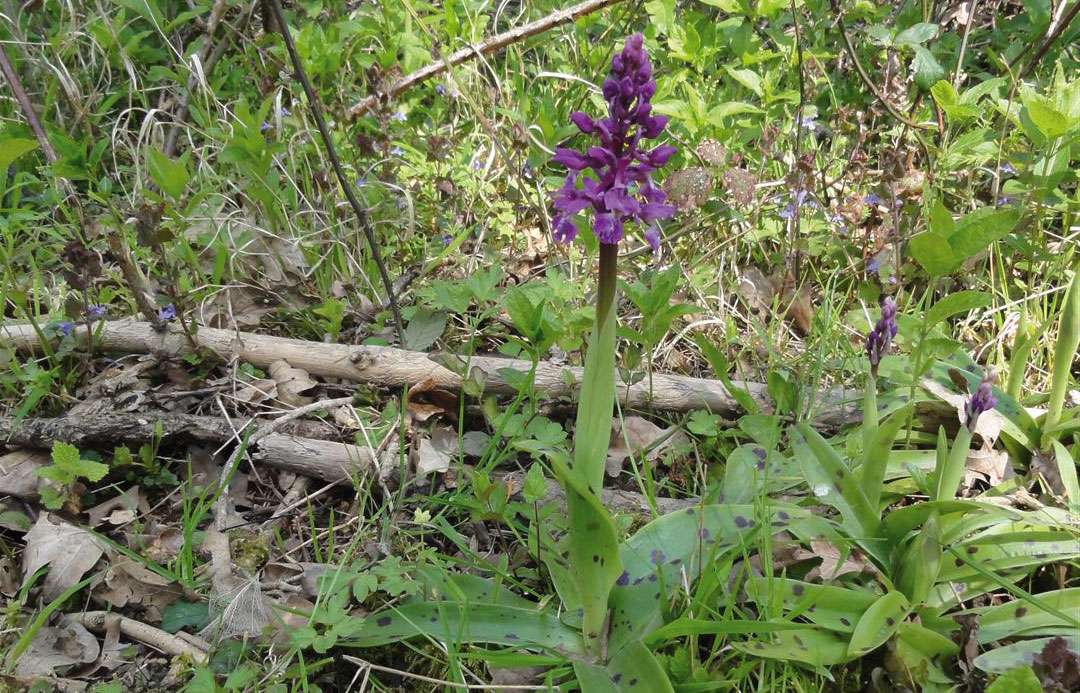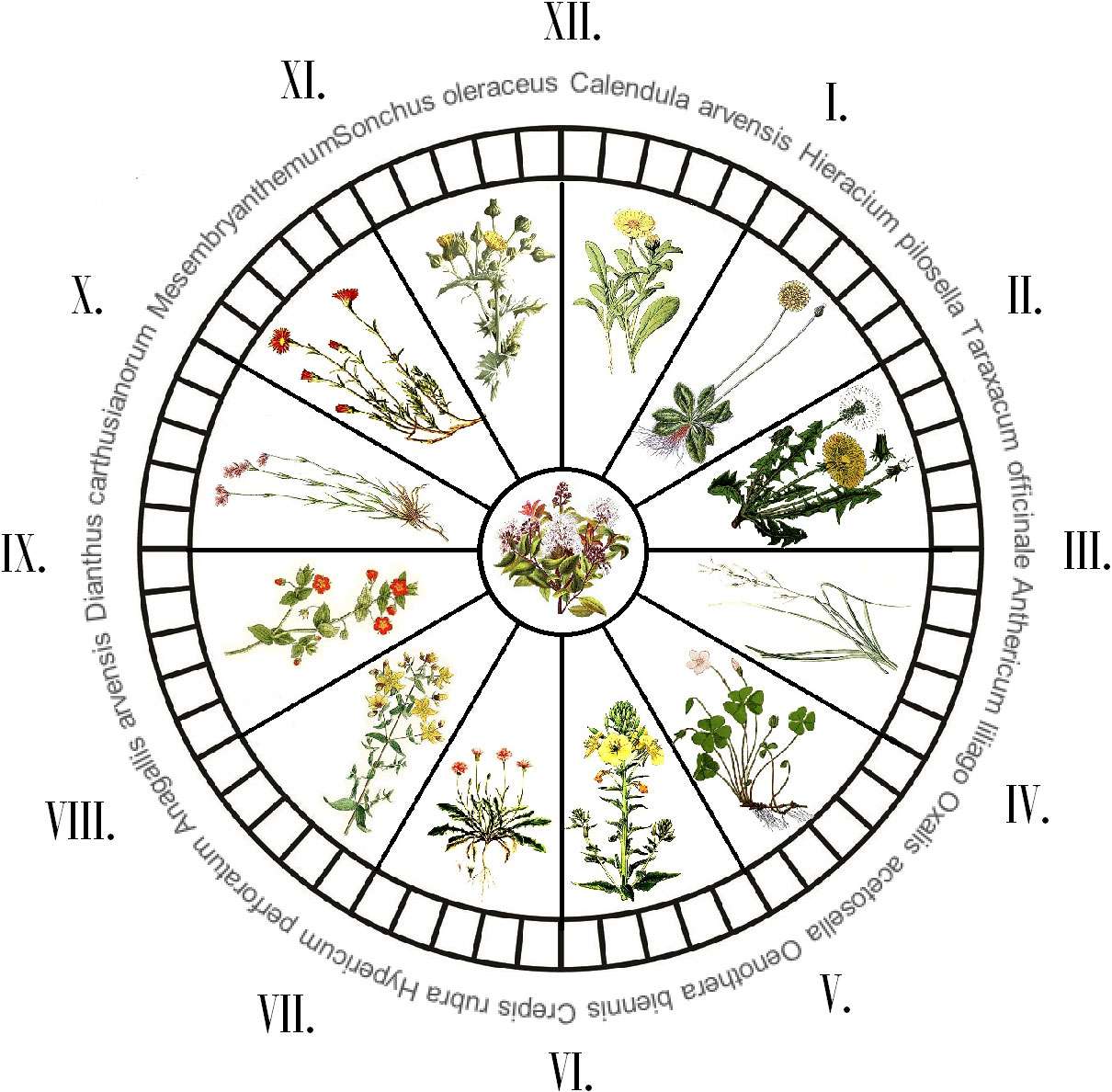
The name ‘orchid’ perhaps conjures up the mental picture of some exotic, expensive plant – the sort much used by interior designers for dark corners, and indistinguishable from its artificial version. The orchids I prefer are the native ones, and here in Cranleigh we have at least two sorts. A friend sent me some photos of the beautiful Early Purple Orchid growing just off Knowle Lane in a patch of woodland. They have 3 to 5 spotted lance-shaped leaves with small leaf sheaths above. The stem is quite long and the flowers are dark pink to purple. This orchid was associated in the past with reproduction, because in a time of magical thinking, the tubers reminded people of testicles. No doubt, following the Biblical command to ‘go forth and multiply’ the Pilgrim Fathers took some tubers of this orchid to New England. It was common in Greece, apparently, for the husband to eat the biggest tuber to guarantee that his wife would give birth to a son. Not surprising this orchid is called Orchis Mascula. The Latin names can be a lot of fun.
This month the Common Spotted Orchid (dactylorhiza fuchii) will appear on Beryl Harvey top field. It is a joy to see – with the stems of deeply packed pale pink, crimson blotched flowers.
Brambles are becoming a real problem on our conservation site. I had observed over the last couple of years that the brambles are growing ‘better’ than ever! I was interested to learn that this is true for two reasons: due to climate change, the growing season is now longer, and secondly, that the nitrogen pollution humans create is just what the brambles love.
Before clocks and watches were invented, time was calculated by watching the trajectory of the sun – and interestingly, the behaviour of flowers, which open and close throughout the day. There is a long tradition of floral clocks (horologium florae) and the most famous was designed by Linnaeus – the inventor of our modern system of Latin plant names. He listed 45 plants for his clock. There is no evidence he actually planted one – and perhaps no one else did either because the suggested plants were all wild and not considered decorative enough for gardens, but in theory it could work to the nearest hour. I have become more and more relaxed about what seeds itself in my garden – and I have two wild plants which just appeared some years ago, and happily are in Linaeus’ plan. Most interesting is Jack-go-to-bed-at-noon (tragopogon pratensis) which opens in the morning and closes at 12 midday, rain or shine.
My other ‘clock plant’ is the Evening Flowering Primrose (oenothera biennis) which opens promptly at 7.00 pm. Some of this flower behaviour can be explained by the habits of pollinators – and the Evening Primrose is pollinated by night flying moths.
I recently had a walk round the pond at Shamley Green and noticed an old and eccentric oak. A photographer friend jumped on his motorbike and sped off to photograph it for you. Enquiries reveal that for reasons unknown the tree is called the ‘Elizabethan Oak’. No one really thinks that it has been there since Queen Bess; and it is rather a challenge to date accurately. Somewhere between 175 to 220 years old. What the tree does show is evidence of early pollarding – landowners and farmers would pollard a tree at 8 to 10 ft so that the grazing animals would not damage the re-growth, which was then lopped for building and firewood. The Shamley Oak is now pollarded to stop it getting too big and unmanageable. It has a large base which deceptively inclines one think that the tree must be older than the measurement taken mid-trunk. It is also hollowing out on one side – usually a sign of age and not necessarily disease – yews do this too. An ancient oak is called a ‘dodder’ from Old German ‘toter’ which is the root word for doddery and tottering. Oaks and yews in this condition are surprisingly resilient and enduring.

Beryl Harvey Fields is Cranleigh’s nature conservation site. We need volunteers. For further information: visit our conservation site in Cranleigh – or better, volunteer. Contact Philip Townsend at: for details.
Find out more about the Beryl Harvey Fields HERE.












